Here is another video, courtesy of Nobuyuki, documenting students' progress on their mini interactive projects.
We are super excited to announce that our pilot project will be starting in a few days, on March 1st. Stay tuned for more updates.

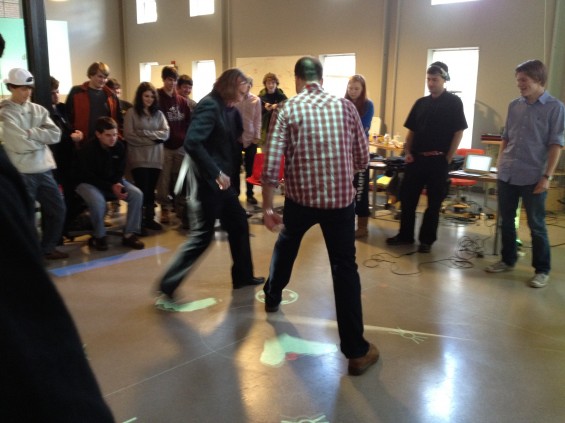
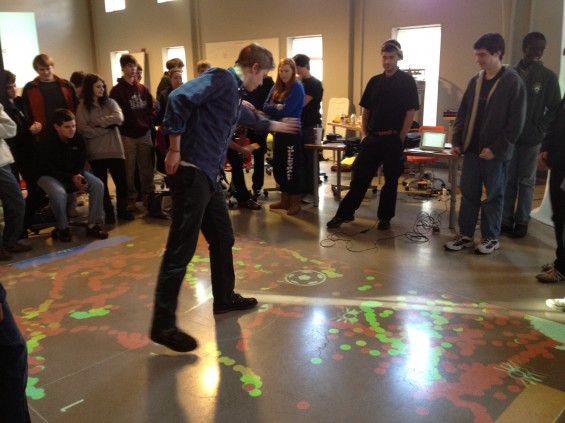
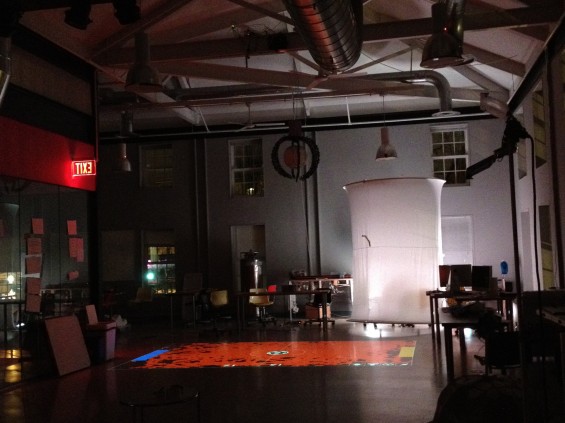
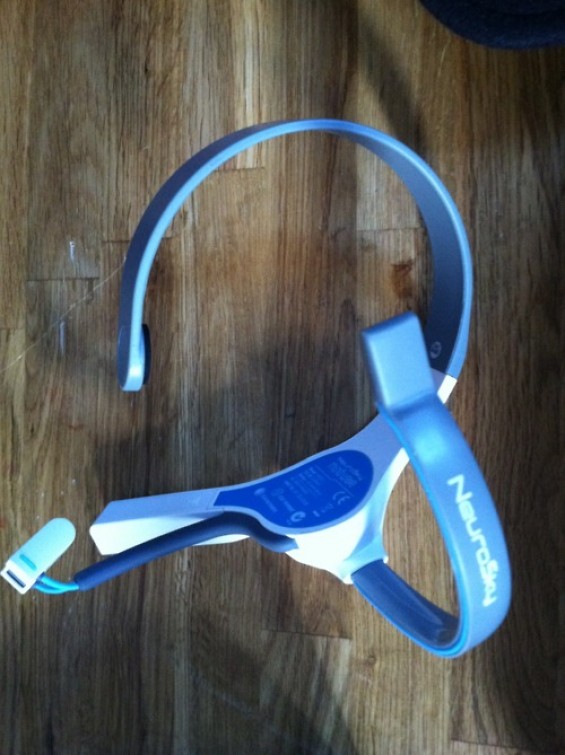

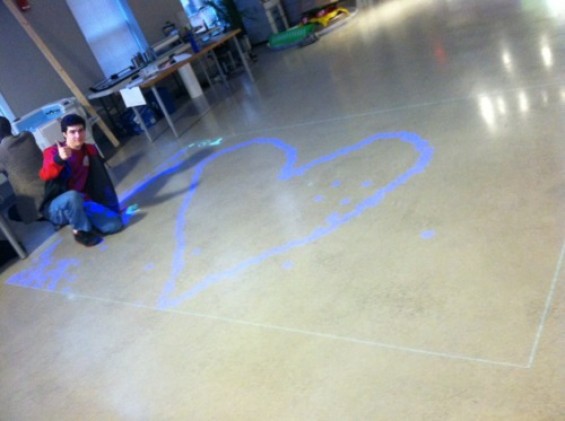
We are honored that NuVu and our amazing students were featured on CBS' "Future of Boston" series this week. Watch the video .
Anchorwoman Paula Ebben interviewed Saeed Arida (CEO) and NuVu's students Christian Hector, Marcia Zimmerman and Coach Derek Ham. Read more about Saeed's interview with Paula on CBS' website .
"I lost 100 dollars." versus "I lost 100 cents." "I'm 15 minutes late for school." versus "I'm 15 seconds late for school."
There's a HUGE difference between each of these statements, and it's because of the units. We use these "everyday" units so frequently we often forget they are even there. In the poem "Smart", by Shel Silverstein, he reminds of us of how smart we can be if we just ignore the units. I'll include an excerpt:And then I took the quarters and traded them to Lou For three dimes--I guess he don't know That three is more than two!This sounds ridiculous when we talk about money, because we all know money so well, we don't even think of dollars and cents as units anymore. We understand that 1 unit of dollars is equal to 100 units of cents. But what if I told you these mistakes happen more often than you think... Would you care if I told you I would charge you 1 cent per minute for your phone call, but actually billed you 1 dollar per minute? -- I hope so. If you don't catch the mistake, a 1 hour phone call could cost 100 dollars instead of 1 dollar. And after a month of chatting, you could be forced to pay 1000 dollars instead of 10 dollars. If you think this type of error is impossible, take for example what has come to be known as "Verizon Bad Math", and listen to the 30 minute track on this page. As the multiple sales assistants demonstrate, saying a number... "0.002" means nothing, without the units, without the dollar or cents. (This being said, I'm still a loyal Verizon customer). Unfortunately, we often take units for granted because we hear them in context: If someone says "spot me a 20," you might guess they're asking for a 20 dollar bill. If someone is holding an inch-ruler and says their foot is 10-long, you might guess their foot is 10 inches long. And, if someone says it's half past 6, you surely understand it's 6:30 am/pm. Even beyond our day-to-day lives, this complacency can carry over to the fields of engineering and science, fields based in mathematics and accuracy. The problem actually starts well before we ever get to college, and maybe even before high school... You might have noticed in your math or physics classes that you deal with a lot of equations. So many equations, that you just start to memorize them, hoping that your assignments will use units that play nicely with each other. Similarly, many engineering text books focus on the equations and are published with the understanding that certain units are used, but may not remind a reader for pages or chapters at a time. So, accidents can happen. In your physics class, you might calculate that a car traveling at 60 miles per hour for 1 minute, travels 60 x 1 = 60 miles. Hopefully you will realize that there are 60 minutes per hour, so you've actually traveled: 60[miles/hour] x (1 [hour]/60 [minutes]) = 1 [mile],.... before you turn your test in. In 1999, NASA lost a 123 million dollar Mars Orbiter, because one engineering team used English units (i.e. feet), but the other used metric (meters). A mission that undoubtedly took hundreds of people years of their lives, skipped-past Mars because the Orbiter's navigation system was designed in metric units, but it was being commanded in English units. So, the next time you find yourself saying a number, without units, do yourself a favor and say the units. You could be saving your future career, life, or just your pocket book from taking a dive. ============== Rate vs Non-Rates and Power vs Energy Money and time are usually the two most common units we use, and are therefore probably the easiest to think about. So, let me start there. If you were to win the lottery today and had to choose between two payment schemes, which would you choose: 1. Get paid $1000 dollars per hour. 2. Get paid $1000 dollars. -- I would want $1000 dollars per hour and hope that I live longer than an hour. The difference between these two choices is that the first one is given as rate. When we give a unit in terms of time, we call the resulting [derived] unit, a rate. In the first option, we would get paid $1000 dollars every hour potentially for the rest of our lives, but in the second option we would only get $1000 dollars only once. A rate that teenagers are intimately familiar with, esp. if they've gotten a speeding ticket is miles per hour (abbreviated mph.). A mile is a measurement of distance, but miles per hour (mph), is a rate that measures distance per unit time. Driving in a car, we use a mile to express how far we've gone, and we use the rate miles per hour, to measure how quickly we can move. In fact, instead of saying: "I'm driving at a speed of 100 miles per hour", I could say "I'm driving at a rate of 100 miles per hour." There is a large difference in meaning between a rate and a non-rate unit. It doesn't make any sense to say "I'm zipping down the highway at 100 miles." Likewise, referring back to money, it doesn't make any sense to say "I have 1000 dollars per second in my bank account!". A non-rate unit expresses a quantity you have, while a rate unit expresses how that quantity changes as time elapses. If you're confused, think back to the lottery example above. I wanted to make the distinction between a rate and non-rate unit clear because of some confusion we've had in our Fusion Energy class. Namely, I have heard statements like "We will use 100 Watts per day." If you're wondering what's wrong with that statement, keep reading. If you see what's wrong, congratulations, you've finished this mini lesson. If you are unsure of what Energy and Power are, do not fear, you won't really have to understand them here (there will be another mini-lesson about it). Just know that Energy and Power are two quantities we can measure, that are very related. But, first, some terminology. In the English language, we have names for quantities as well as the units with which we measure them. For example: * We can measure the quantity of Time using the units: seconds, minutes, hours, years, decades, etc... . * We measure the quantity of Distance using: inches, meters, feet, miles, etc..., and * We measure the quantity of Speed using: miles/hour, meters/second, knots, etc... Notice something weird about Speed? First, you should realize that it's a rate . Second, I want you to notice that we call the quantity of Distance per Time, "Speed". Third, some of the units are given as a ratio of other units, while knots, which is used to measure the speed of ships, is not a ratio at all. The idea I want to convey is that we have come up with names for lots of the quantities we encounter every-day. For example, nobody says "Check out how much distance my car can travel per second per second". No, instead we say "Check out how fast my car accelerates". The same thing goes for Energy and Power. Energy is to Distance as Power is to Speed. That is to say, the quantity we call "Power" is really just a shorter-name for the rate: "Energy per Time". In the metric system, we measure quantities of Energy using the unit "Joules". Since Power is an Energy rate, you should guess that we measure power in "Joules" over some unit of time. In fact, we measure power in "Joules per second." Now there are two points of confusion: 1. Instead of saying "Joules per second" every time we want to express a unit of power - we like naming things - so we say "Watts" instead. So instead of saying: "My computer requires 700 Joules per second of power." I could say "My computer requires 700 Watts of power." The meaning and quantities are exactly the same. 2. We will sometimes say: "We consume energy at the rate of ... Watts". Just know that when you hear "Watts", they're talking about power, even though the word 'energy' appears in the sentence. Which brings me back to why I started this lesson in the first place: "We will use 100 Watts per day" translates to "We will use 100 Joules per second... per day". It's like saying I make 10 dollars per hour... per day. Instead, the correct statement is just to say "We will use 100 Watts". If you wish to emphasize how long you'll need to draw that much power, you can say "We will use 100 Watts, 24-hours a day", meaning all day long, we'll be sucking-down 100 Joules of Energy every second. There are some other statements like "My battery stores 100 Watts", that are also wrong. The correct statement is "My battery stores 100 Joules". But, that will be clearer if you understand what Energy is...
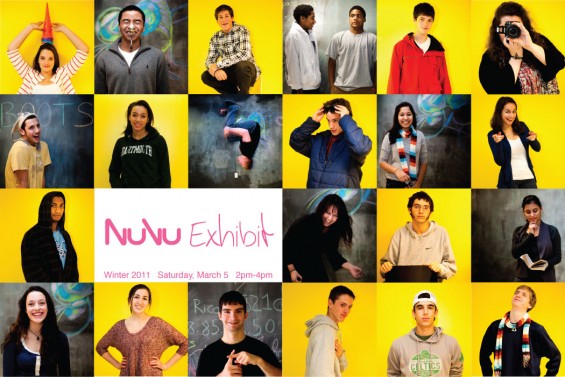
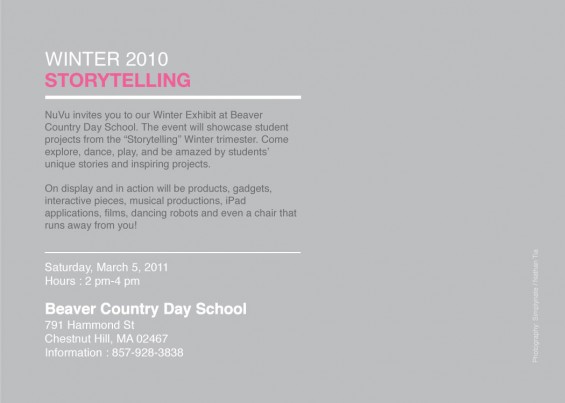

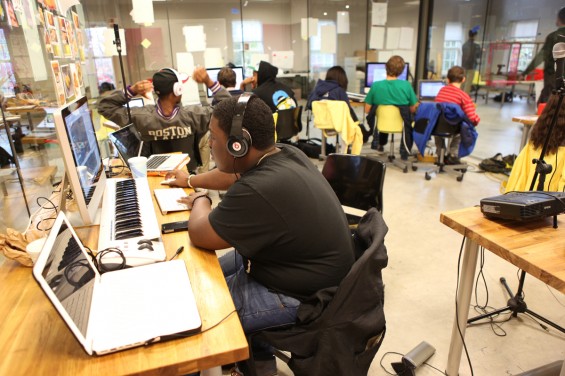
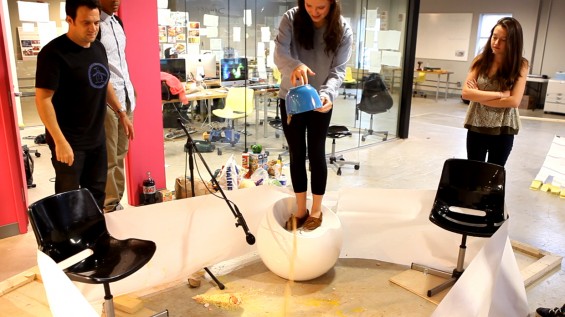
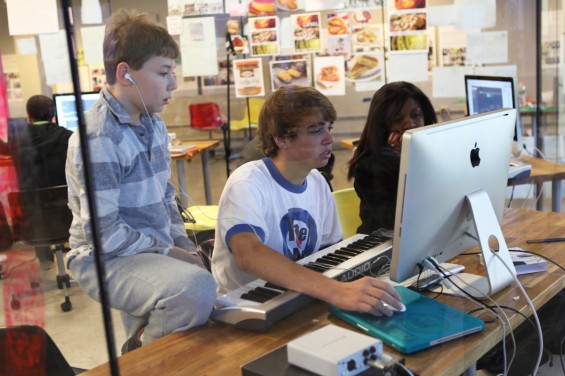
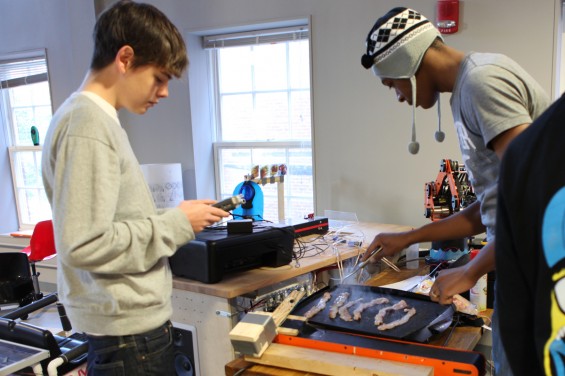
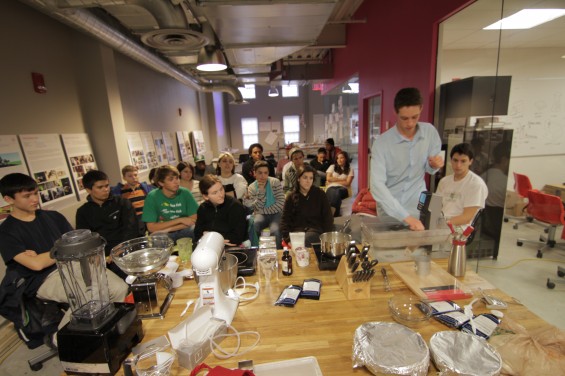 Here is Adam in action:
Here is Adam in action: